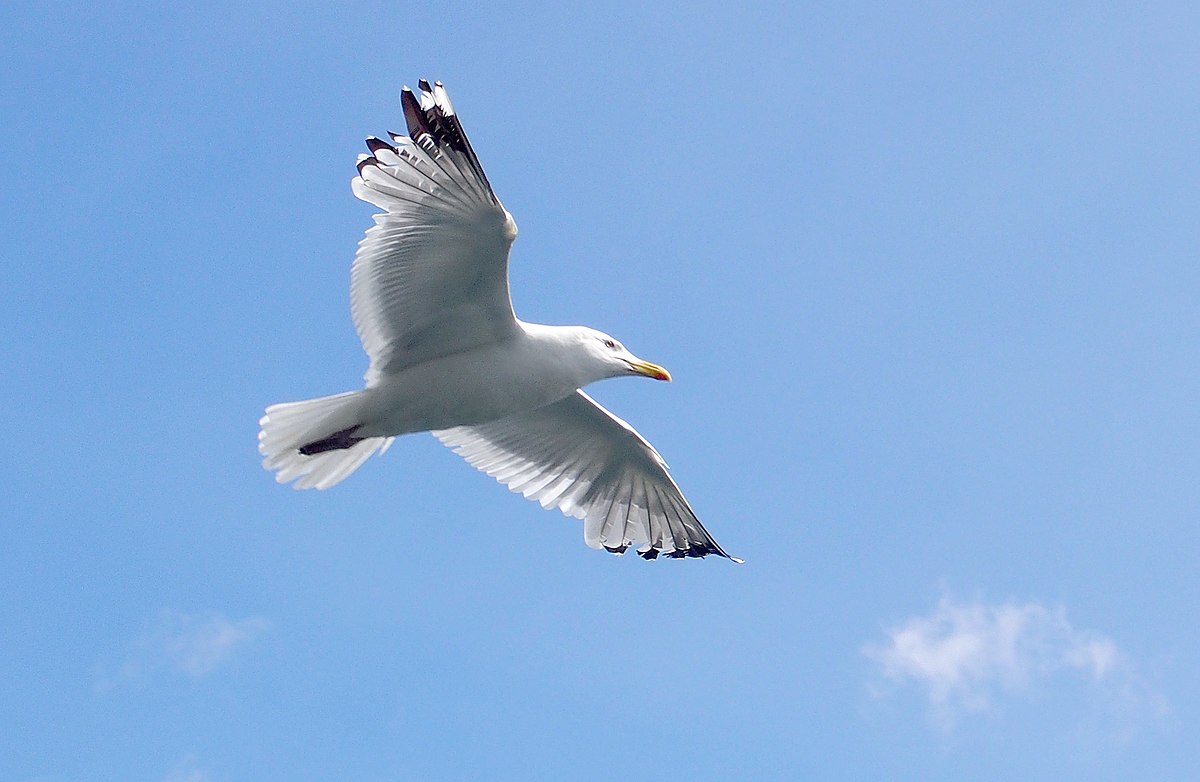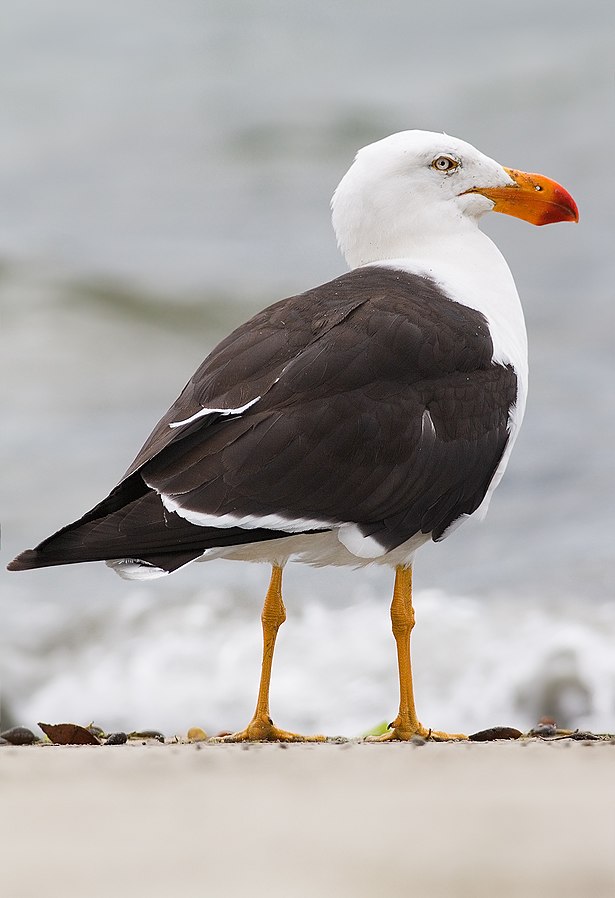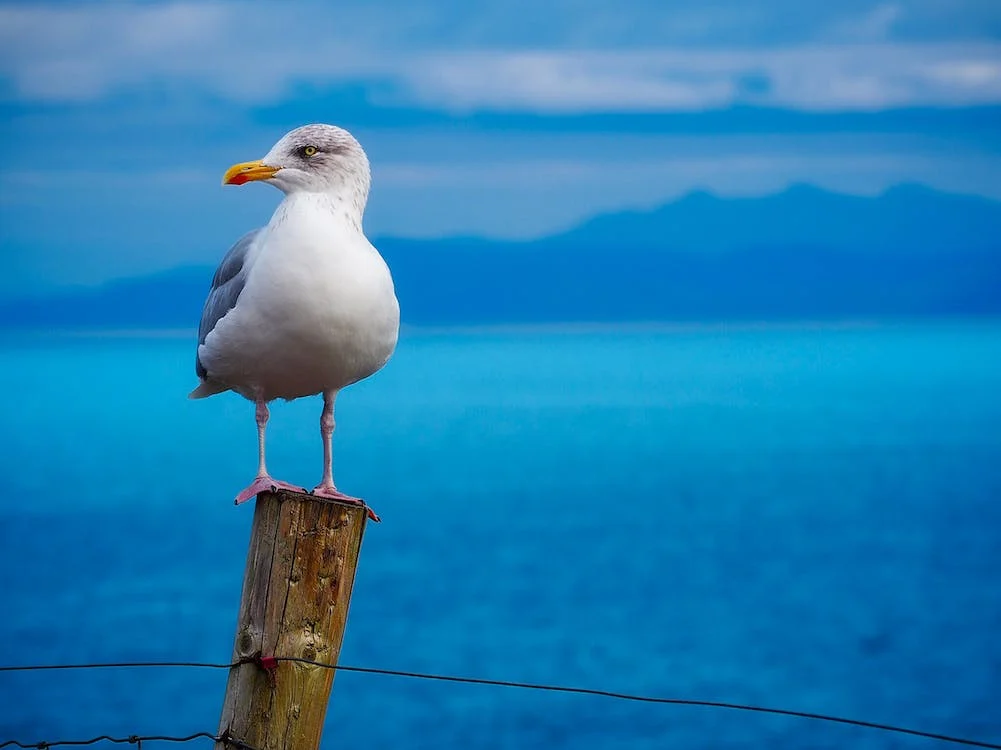If you’re situated in seagull territory, whether it’s a beachside residence, a docked boat, or even an office building, you may be seeking ways to protect your space from these graceful yet often messy creatures. This post will give you several insights on different seagull deterrent strategies to keep your place clean and undisturbed by seagull visits.
Maintaining Seagull-Free Zones

Walking on the beach may sometimes result in a little surprise from above. However, the main concern for most is safeguarding their properties, specifically things like boats and buildings. In this instance, you might want to consider a variety of effective techniques.
Commercial and Basic Methods
You can always opt for commercially produced seagull deterrent methods or craft a simple one at home. Either way, they can be a practical solution to your seagull problem.
Favorable Results with Nets and Lines

Seagulls typically avoid nets. They instinctively understand the risk of entrapment and wisely steer clear. Thus, lightly placing nets at strategic spots can be a helpful way to guide seagulls away from your property.
Another easy-to-implement technique involves monofilament lines. Clearly visible to seagulls, these lines, if laid an inch or two above railings or rooftops, efficiently discourage seagulls from landing. This ingenious method can be adapted for boats as well, ensuring a clean and undisturbed boating experience.
Colours Matter

To the average seagull, dark blue translates into a source of warmth and comfort. Unknowingly, many boat owners opt for dark blue canvas, which attracts seagulls. The smart preventative move here would be to switch to white or light-gray shaded canvas, which seagulls find less appealing.
The Pros and Cons of Motion and Noise

Sometimes, flashy colors and noisy deterrents can work. However, it’s important to understand that seagulls, being quite intelligent, might eventually ignore these once they realise these threats are harmless. More so, such methods might become a source of constant disturbance to people in the surrounding area.
Final Thoughts
In conclusion, the overarching consensus leans towards the use of monofilament lines as the most effective seagull deterrent. Why? Once seagulls associate your property as a troublesome spot, they also communicate this to others, creating a ripple effect of deterrence.
It might take a little effort, patience, and perhaps an initial investment, but remember, a seagull-free zone is easily within your reach!